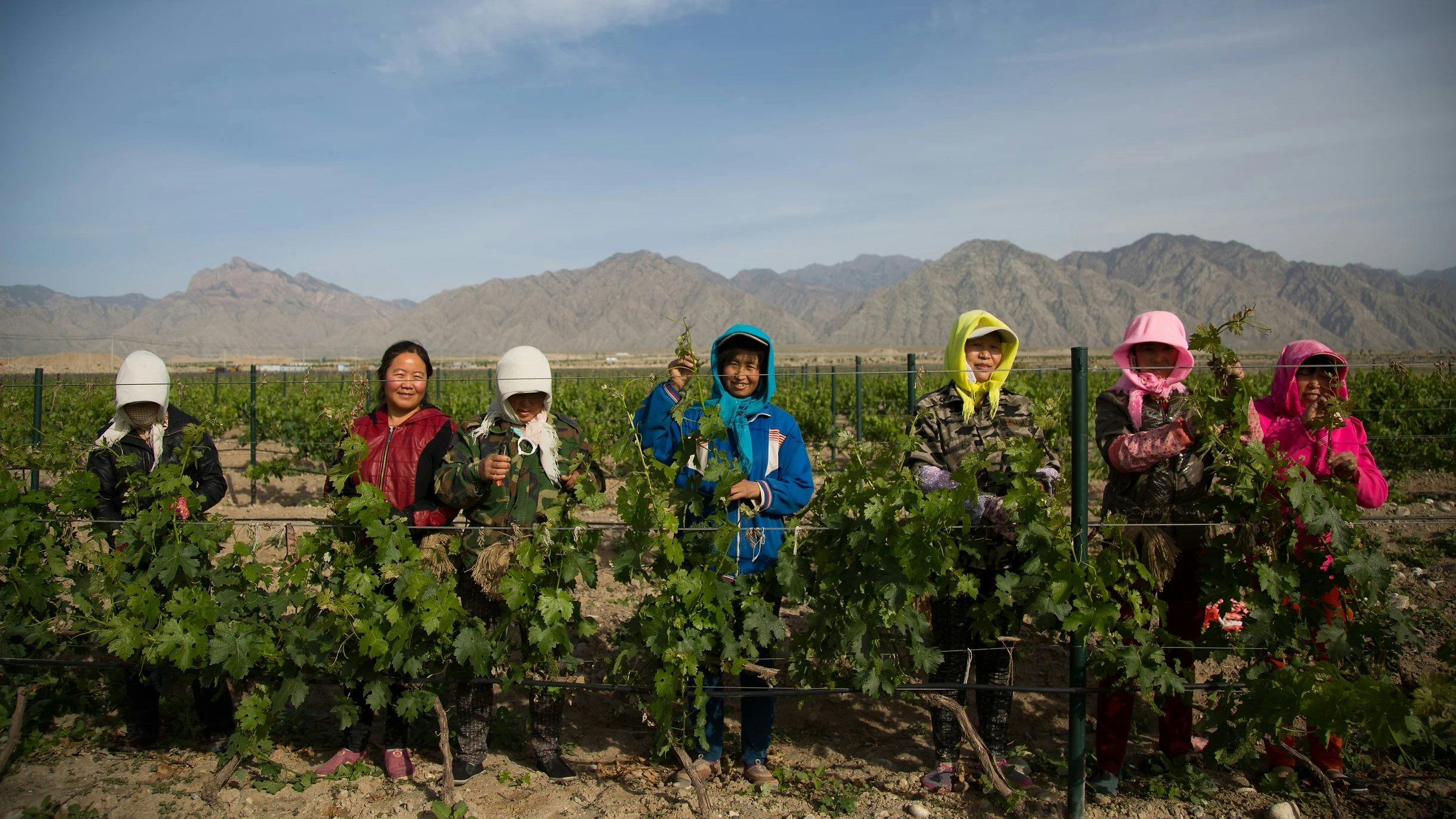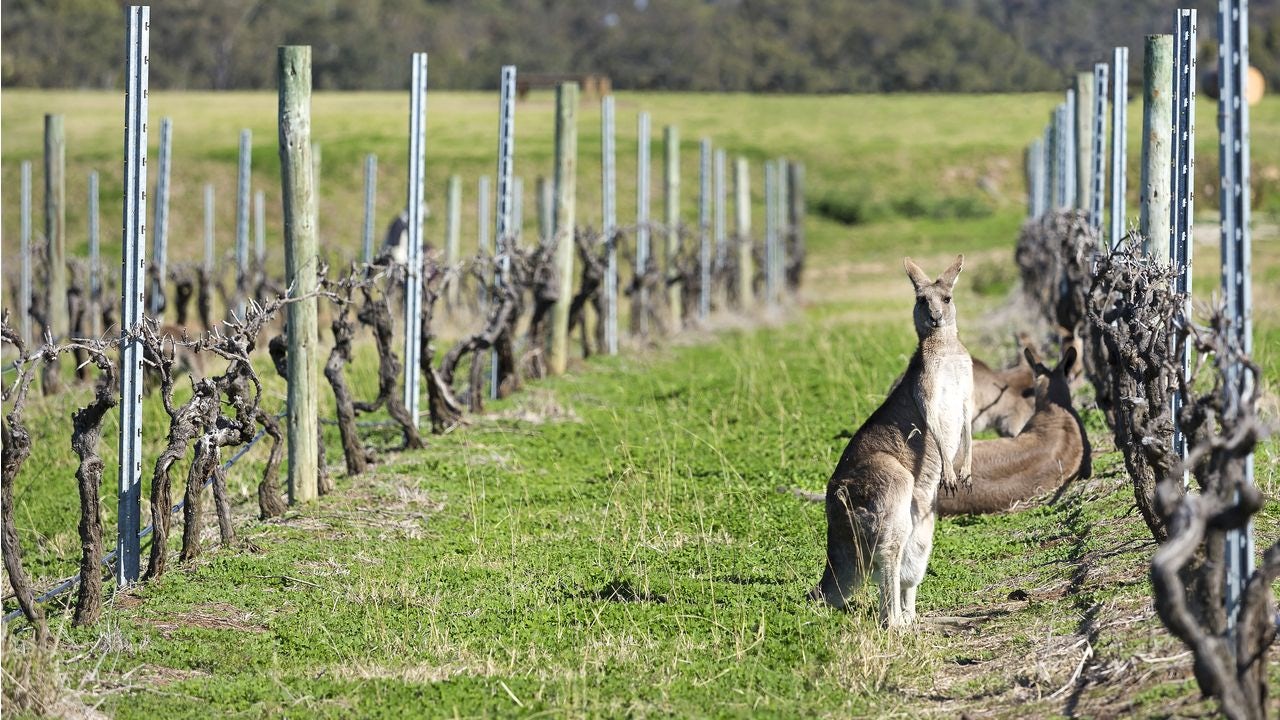2013 was a banner year for wine in China: it was the first time that the country drank more red by volume than the vin rouge-loving French, beating them by 5 million nine-liter cases, with a total of almost 1.9m bottles.
This tippling tipping point was heralded as presaging a major shift, one that would be expressed in two ways. It suggested that China was primed to become the world’s most important market for wine, importing the lion’s share of production from classic markets. It also encouraged the country to attempt to replicate those reds domestically — a mark of pride to prove to Bordeaux and co. that the mainland could be more than a simple end-consumer.
Almost a decade later, it hasn’t quite worked out that way.
Wine consumption, especially among urbanites, has certainly become more widespread — there are an estimated 52 million regular wine drinkers in China now, per market analyst Wine Intelligence. The country made good on its growing plans, too, with more land under vines than any other, bar Spain. Yet overall wine consumption here plummeted in 2020 by 17.4 percent year on year.
Today, as much of China is locked down or dealing with the ongoing pandemic in a host of other ways, the way wine is consumed has been transformed. “The coronavirus pandemic has not only changed where people drink and when, it has shaken up the entire industry — challenging almost everyone involved to think of new ways to sell wine,” states a recent article in The South China Morning Post.
“Public consumption has suffered, so a lot more people are drinking at home, which has been good news for wine merchants such as ourselves,” says Fifi Kirstein, managing partner at Golden Gate Wine (based in Sheung Wan, Hong Kong), which specializes in American wines from California, Oregon, and Washington. “However, it is not making up for what is missing in wine sales to hotels, restaurants, and bars.
The ding in drinking is partly lockdown-related, as on-premise consumption remains more widespread than at-home cork-popping. But there have been other factors, too, especially when it comes to imported wines. Some of those challenges are governmental: the corruption crackdown in late 2013 cut off one spigot of reliable buyers for top-flight reds, of course. That was nothing, though, compared to last spring when up to 218 percent tariffs were slapped on Australian production as a Huawei-related tit-for-tat; it effectively ended imports from the country that had been the largest supplier.
But other factors are more nebulous, at least according to Émilie Steckenborn. She has deep expertise in the Chinese wine market, and currently works for LVMH in Hong Kong while moonlighting in her longtime gig as host of the podcast Bottled in China. Steckenborn lived in Shanghai until recently and noted the flurry of activity during COVID’s earlier stages before lockdowns returned. “There was a wine bar opening, or a wine bistro almost every other week in the city during the pandemic,” she says. “It was capturing the market that couldn’t travel. And a publisher friend told me that Jancis Robinson’s (a British wine critic and journalist) books sold faster than ever before in China, and they had to reprint them.”
Crucially, though, much of the new attention isn’t on fine French wine — and no wonder, given that estate owners there like Zhao Wei and Jack Ma have been purged, or punished, after splurging on those holdings. Instead, the spotlight pivoted to local production, a reflection perhaps of the psychological shift resulting from more than two years of border shutterings. Chinese-made wine is now no longer produced to earn attention, and market share, when exported. Rather, it’s another homegrown item that Chinese consumers proactively opt to order.
Xiaohongshu-based wine influencers are helping that change, stuck at home and touting the appeal of local vintages since they can’t showcase European ones in situ. “It’s a shift in mindset that allows producers to make fine wines, because there’s now a market for it,” she adds, citing LVMH’s own Ao Yun, made in Shangri-La and selling for hundreds of dollars per bottle.
Ningxia-based Silver Heights, another of the new vineyards and one of the best, saw its sales grow 60 percent in 2021, driven largely by thriving domestic sales. Shanghai-based restaurant and club House of Roosevelt, an upscale tastemaker on the Bund, launched a wine list featuring exclusively Chinese wines in October 2021, an endorsement of the rising appeal — and prestige — of locally made vintages.
Overseas prestige now is just as useful for driving sales back home as when, for the first time, Chinese wines were sold through the Place de Bordeaux this spring. These days, though, it’s the judgment of Pudong that matters as much as, if not more than, the judgment of Paris.


